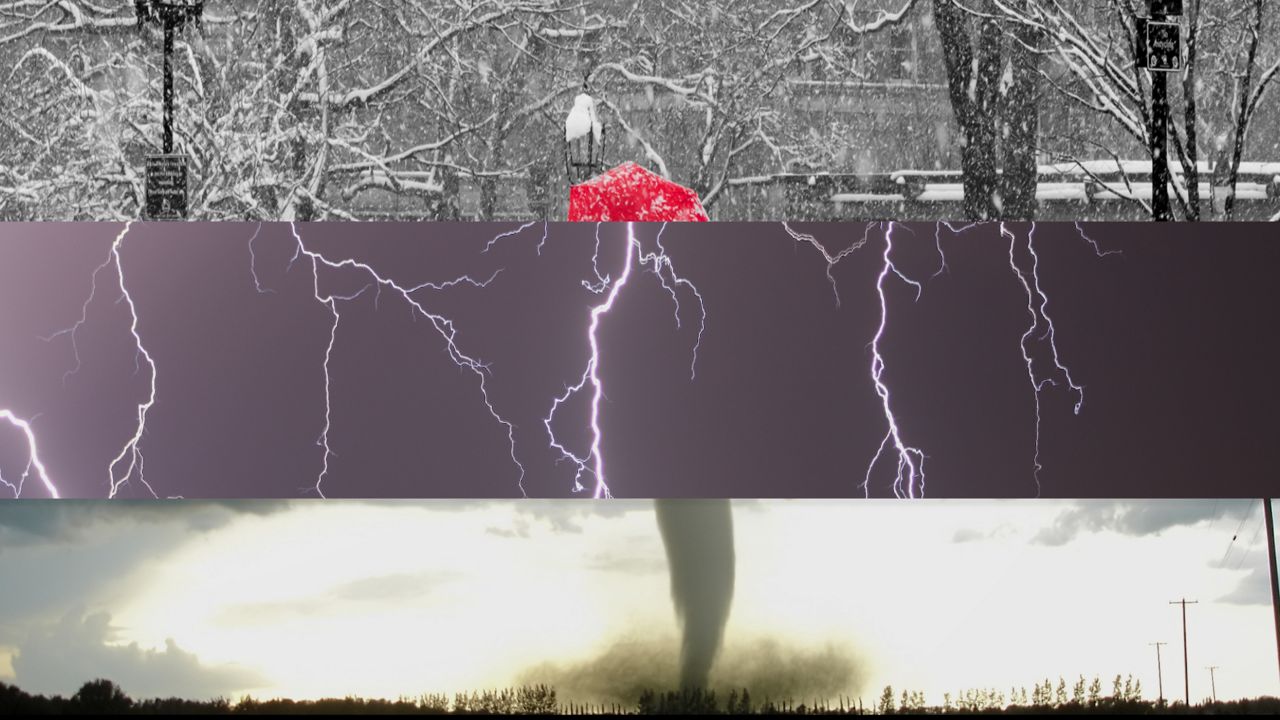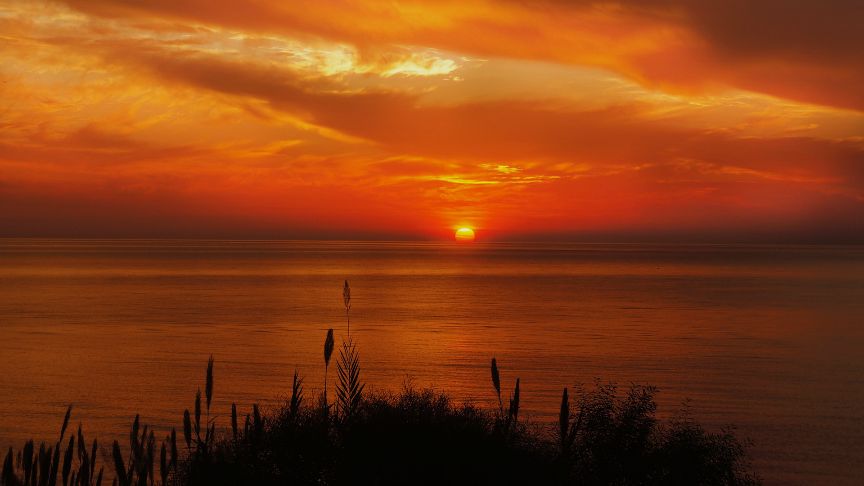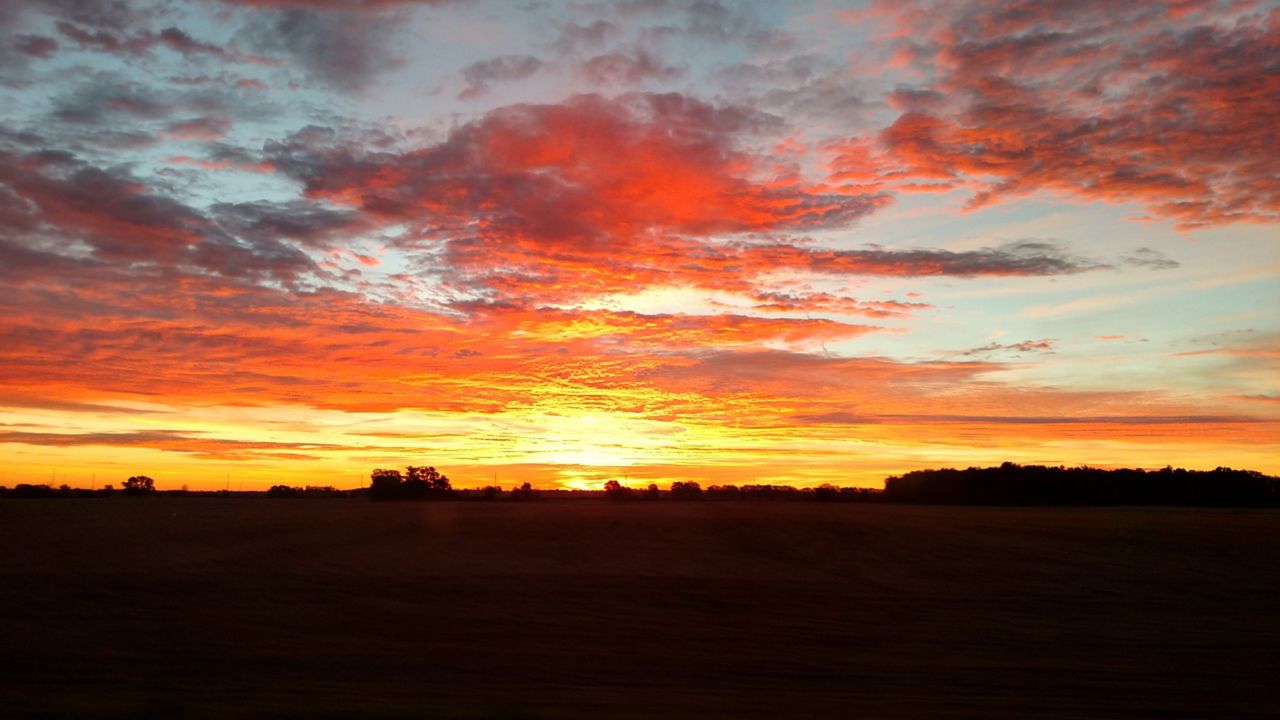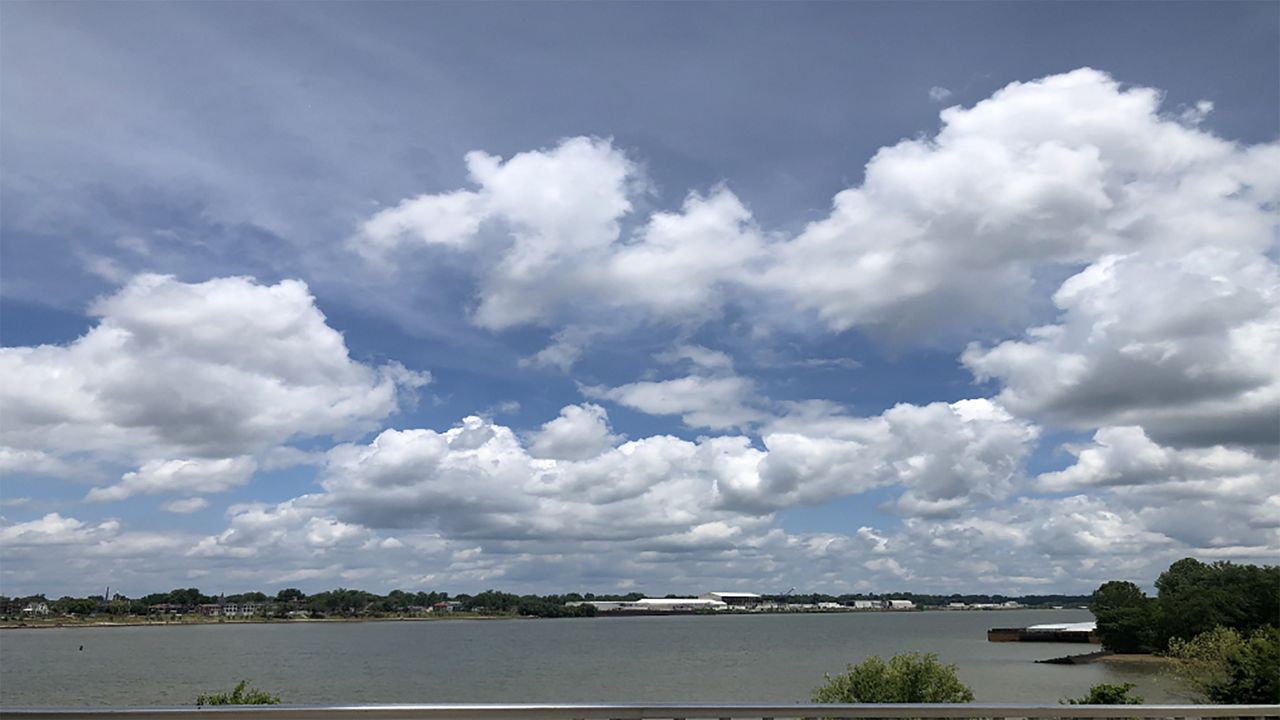No matter where you live or what you do, at some point you have to talk about the weather. After all, it’s the one thing that impacts everyone’s day!
However, are you using certain weather terms or words correctly?
These days, it’s easy to pick up a phrase or a buzzword from a blog or TV program and start using it without really understanding the true meaning.
For some of us, we’ve been using particular weather terms incorrectly for years and didn’t even know it.
Here are 10 commonly misused weather terms.
Let’s start with this one first, since it’s something that grabs the attention of many people. The actual definition of a tornado, as established by the National Weather Service, is: A violently rotating column of air in contact with the ground.
Oftentimes you’ll hear someone -- even meteorologists -- say: “We have a tornado on the ground”.
Well, in order for it to be a tornado, it *has* to be on the ground!
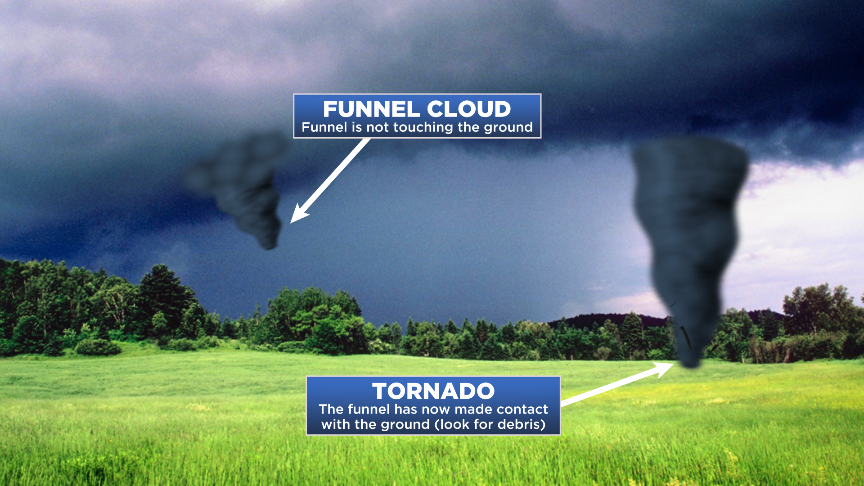
So if it’s not kicking up dust/dirt/debris on the ground, it’s just a funnel cloud. All tornadoes are on the ground.
Sorry to burst your bubble, but this one just flat out does not exist. Sure, in the summertime you can see lightning in the distance yet hear nothing.
This is because light travels much farther than sound. Think about it: we can see the sun and it’s millions of miles away. Yet, we don’t always hear the thousands of airplanes that fly five miles above our heads every day.
So the next time you’re standing outside and see soundless flashes of light in the distant sky, that’s just regular lightning -- and nothing to do with the heat.
A front is the dividing line between two air masses; typically one cooler and one warmer.
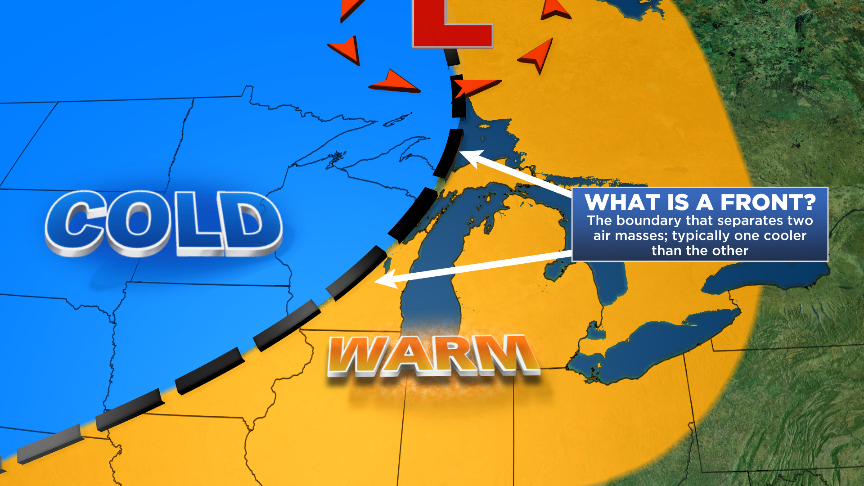
The front *is* the boundary. Thus, “frontal boundary” is redundant.
This term really gets abused. Just like a tornado, there is an official definition for a blizzard. It is defined as a winter storm that produces three specific things:
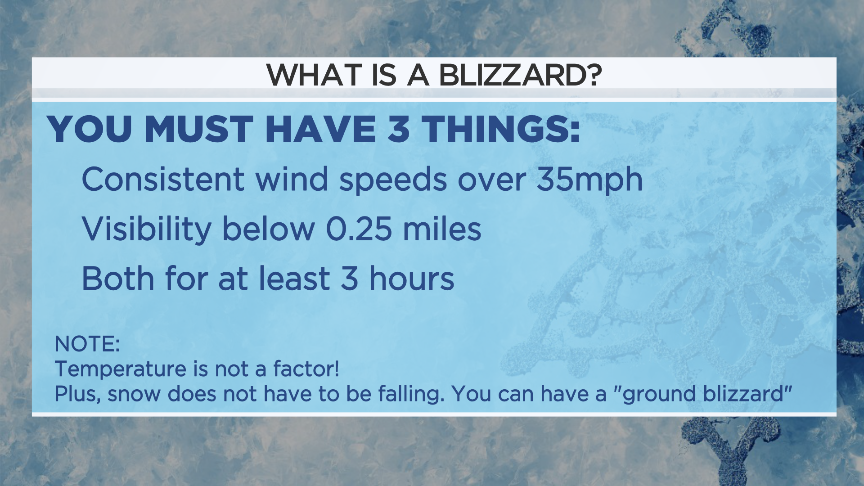
You must have all three, otherwise it’s just a snowstorm. Yes, sometimes it can be a rather intense snowstorm, but that doesn’t make it a blizzard.
Beauty is in the eye of the beholder. And a “severe” storm can vary from person-to-person.
Here again, there is a set criteria that must be met for a storm to be classified as severe:
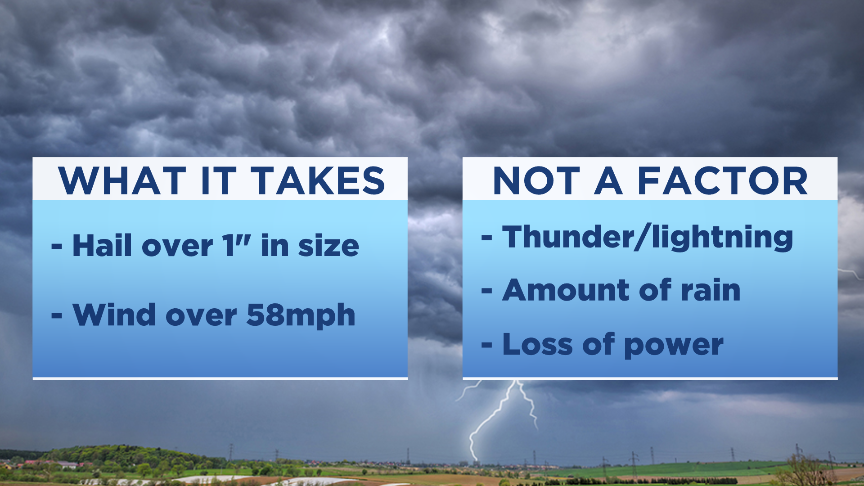
You need hail one inch in diameter (about the size of a quarter) or larger, OR you need wind speeds of 58 mph or greater.
Intensity of the rain isn’t a factor. Neither is thunder or lightning.
You may have the most intense lightning you’ve ever seen in your life, causing the loudest thunder you've ever heard, but if that storm is not dropping hail over an inch in size or producing winds over 58 mph (50 knots), it’s not a “severe” storm.
Keep this in mind on days when severe thunderstorm warnings are issued.
Another phrase that gets used in the wrong context all of the time.
Whenever it rains really hard, some may say “it’s a monsoon out there!".
The problem: no rain event of any kind is actually a monsoon. A monsoon is what *causes* the rain, but only in specific regions.

A monsoon is actually a seasonal shift in the wind direction in the desert areas of the Southwestern U.S. It’s this shift in the wind that brings moist and humid air to places that don’t typically experience that during the year.
This one is for those who live in hurricane prone areas or like to keep tabs on tropical systems.
As many of us know, a hurricane has a center of circulation that we call the “eye”.
When the eye of the storm makes its way over land, then the storm has made landfall.
You could have a massive storm, hundreds of miles wide, but if that eye does not cross over land, the storm never technically made landfall.
In addition, a storm can make multiple landfalls if the eye moves over land then back to water and back over land again.
This is a phrase that is used a lot by national media to generate hype.
It gets used a lot with tornadic thunderstorms that cause large amounts of damage. The news story often begins with: “It came without warning”.
Or, you may hear that a storm destroyed an area which “had no warning” before the storm hit.
More often than not, this is blatantly wrong and is the result of bad reporting.
The National Weather Service is in charge of issuing severe weather warnings and they employ hundreds of meteorologists across the country that work around the clock to monitor storms and keep the public safe.
In many cases, a warning *was* issued, but the people did not have a proper way of receiving that warning. Worse, in some cases, the people decided to ignore the warnings all together.
The absolute best way to make sure you get warnings when they are issued: buy a NOAA weather alert radio:

Once again, a term from the Department of the Redundancy Department!
A downpour means heavy rainfall. So, a “heavy downpour” is redundant.
Look at it this way: can you have a light downpour? A medium downpour? No and no. Then you cannot have a heavy downpour -- it’s just a downpour.
This one popped up out of nowhere about five or six years ago.
The Polar Vortex has always existed and has actually never moved from its prime location: the North Pole.

Without getting too nerdy, there is a circulation of very cold air around the North Pole almost annually (it disappears a little bit in the summer months simply because the air at the pole is warmed).
This circulation does NOT reside at ground level. As a matter of fact, it’s way up in the atmosphere - over 10 miles!
However, there are times where tiny pieces of this circulation may break free and slide a little further south, latitudinally speaking. They remain way up in the atmosphere. Yet, this shifting of air forces other regions of cold air out of place, kind of like a domino effect.
So when it gets really cold outside, you could say it’s because of the Polar Vortex, but you’re not actually *IN* the Polar Vortex. And it certainly is not a “storm.
There you have it, a few terms that you may have heard used the wrong way. Can you think of any others? Maybe ones you’ve heard me say?! If so, tweet me: @jdrudd and let’s talk!




